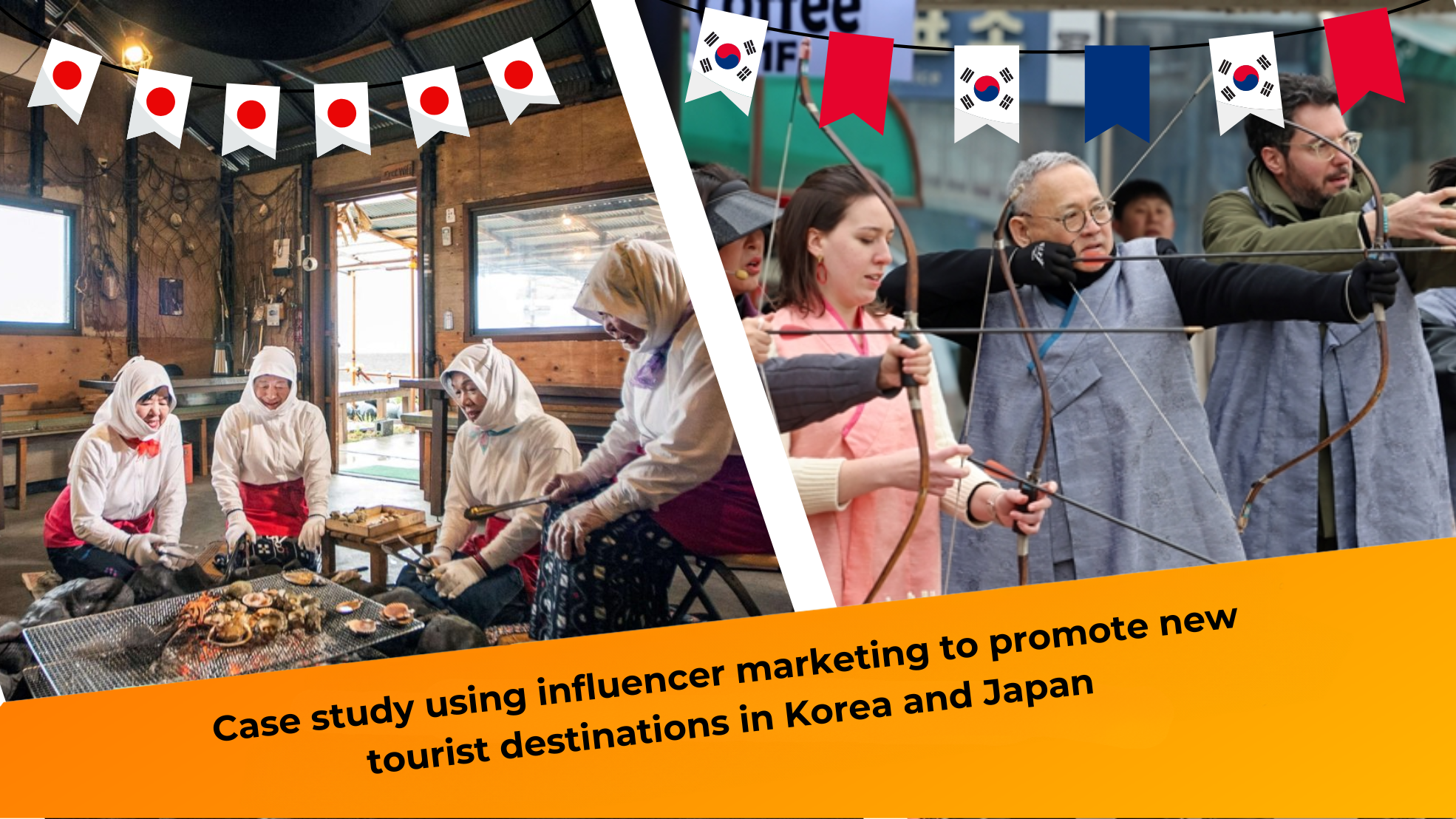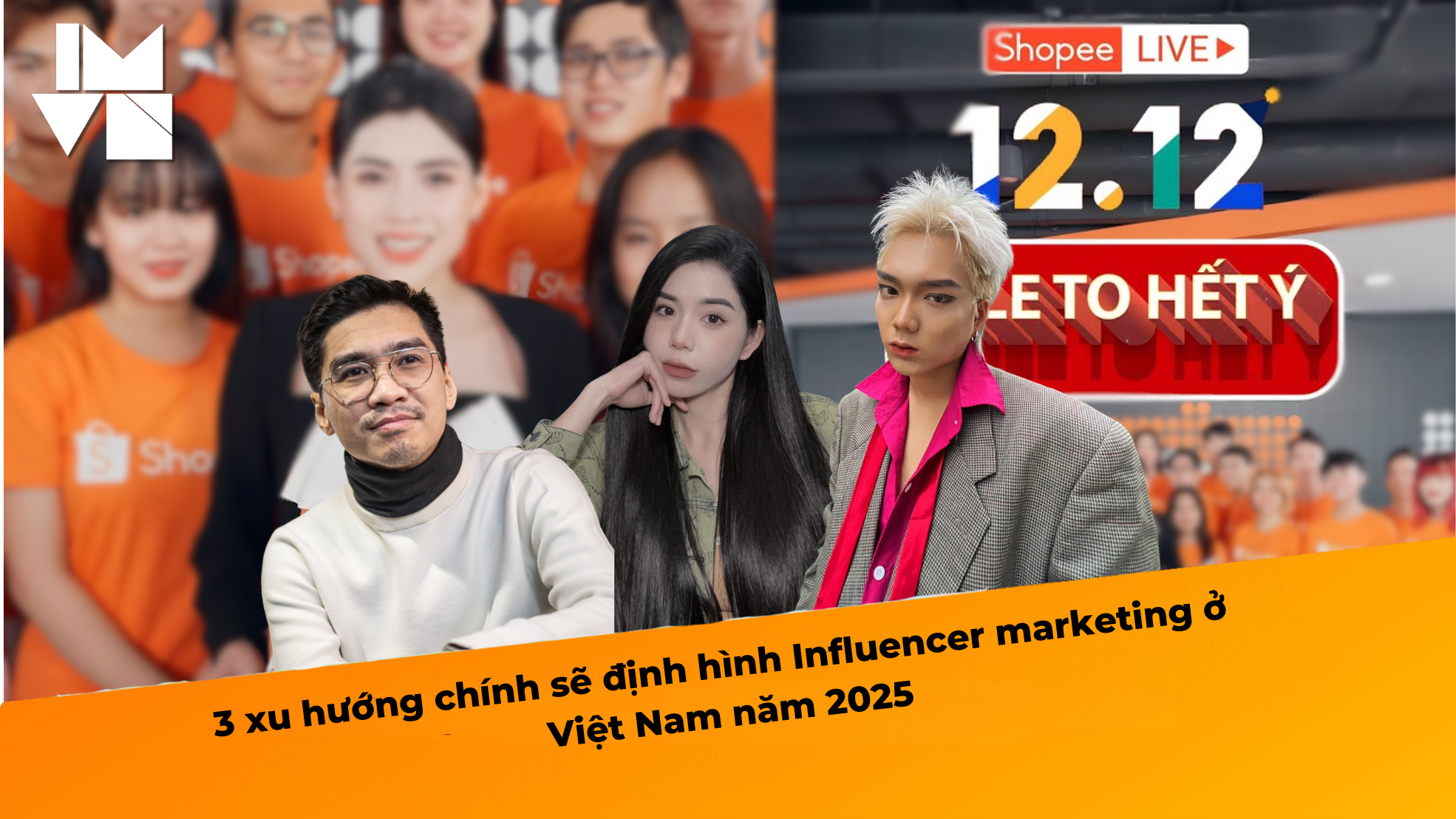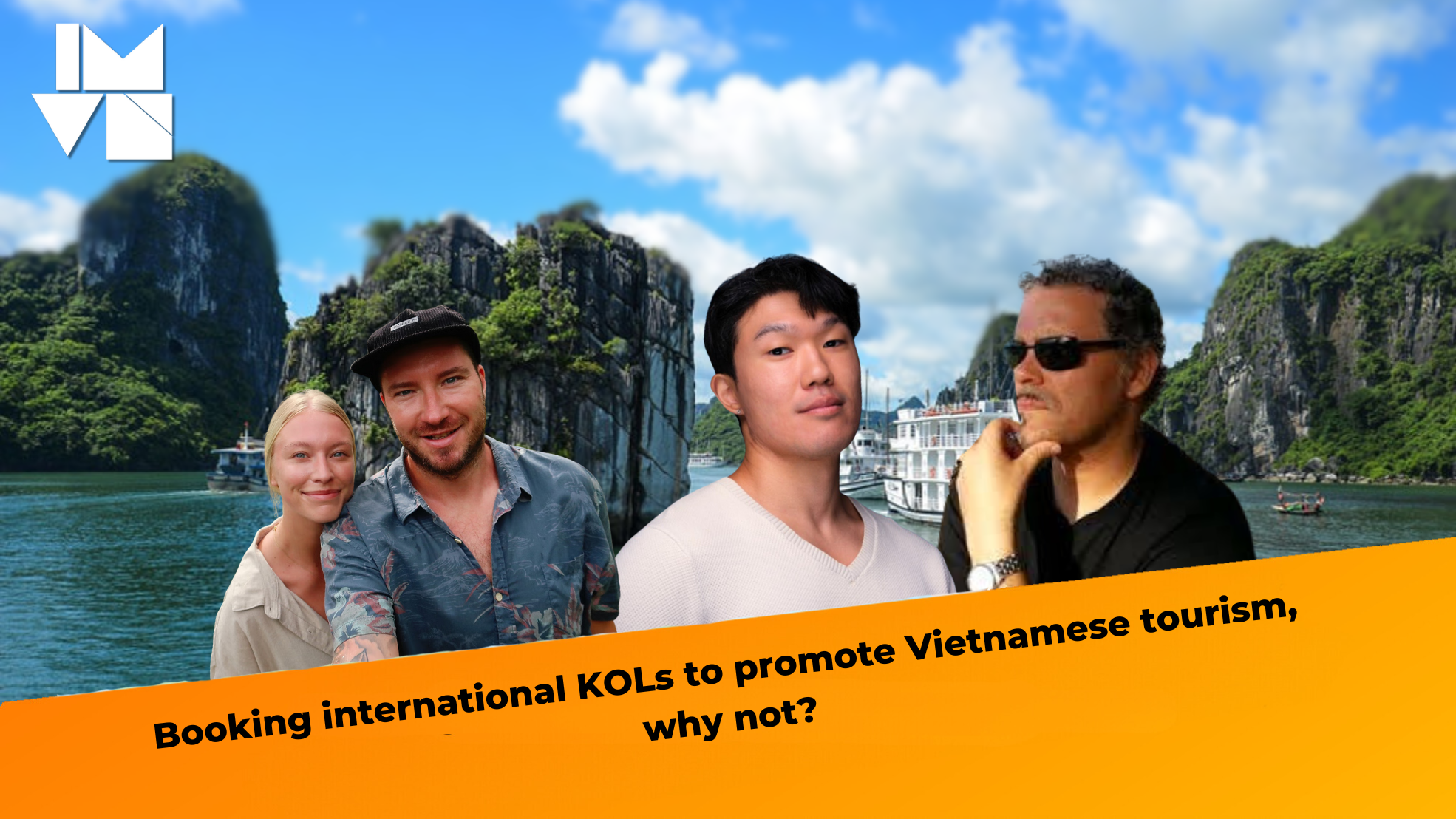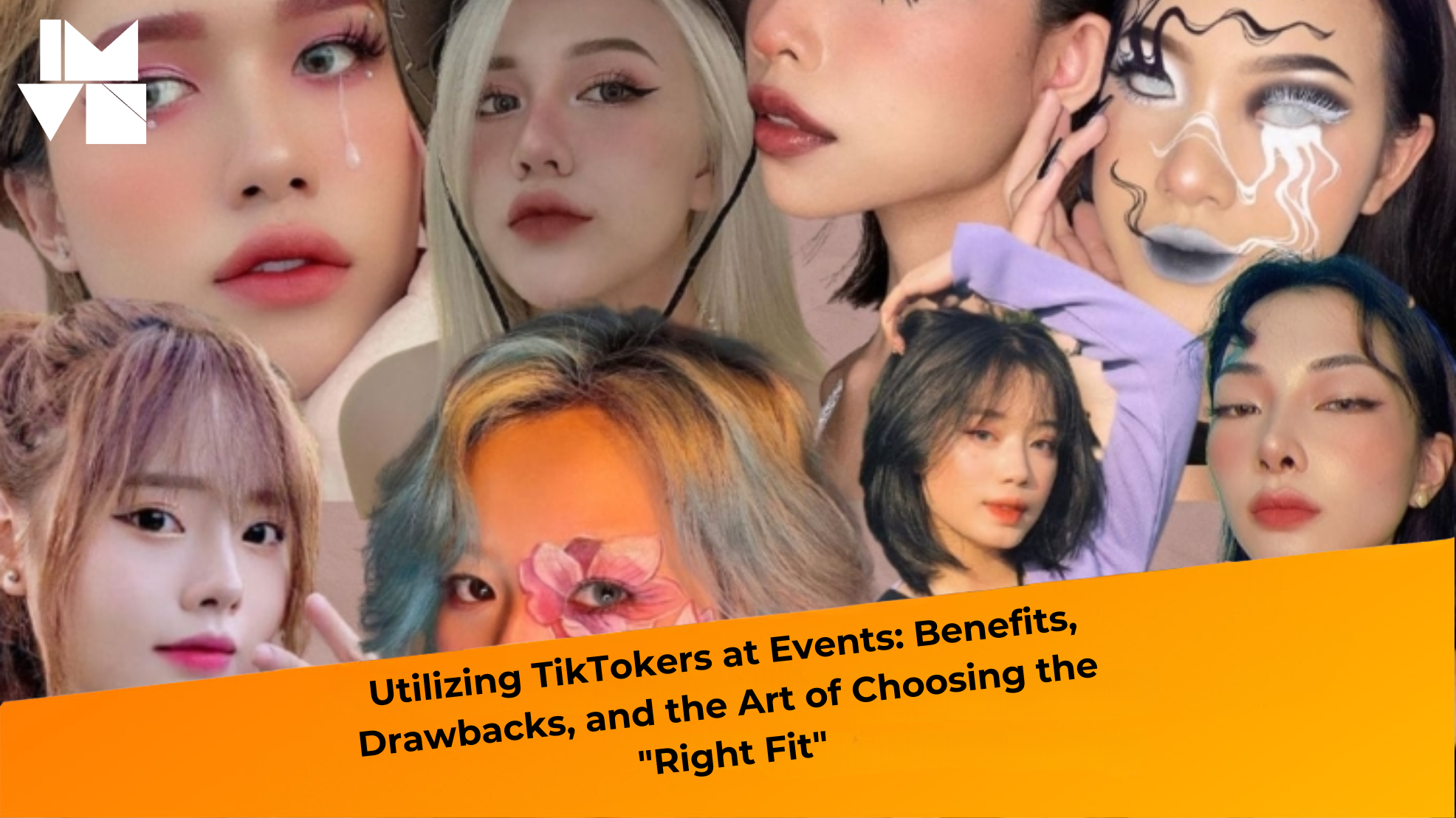The World Cup is a prime opportunity for brands to unleash their marketing prowess. World Cup campaigns are a battleground for the world’s leading creative minds. One of the most pressing questions for these experts is: Which brands have chosen the right stars to represent them this World Cup season?
Selecting a brand ambassador for the World Cup is a gamble for major brands, as campaign success hinges significantly on the individual success of the chosen athlete. With the exhilarating tournament concluded, it’s time to assess which brands made the right KOL choices.
Kylian Mbappé in Nike’s 2018 World Cup Campaign

Nike is arguably the most dominant brand this World Cup season. According to a Campaign study, over 50% of consumers believe the sportswear giant is the official sponsor of the world’s biggest football tournament.
Unlike Adidas’s widespread campaign strategy, Nike focused its resources on key moments and strategic ambush marketing. Notably, Nike made a winning decision by choosing French rising star Kylian Mbappé as their campaign ambassador. His exceptional performance amplified Nike’s success throughout the 2018 World Cup. Additionally, Nike sparked a global buying frenzy as numerous players achieving individual awards wore Nike footwear.
Adidas’s Diversified Approach
In contrast, Adidas opted for a star-studded lineup of established players, with Messi as the focal point for their 2018 World Cup campaign. However, luck wasn’t on the side of the long-standing World Cup sponsor, as their star athletes were eliminated early in the tournament.
Nevertheless, Adidas cleverly shifted part of their strategy towards content creators worldwide. 56 leading filmmakers, YouTubers, and artists participated in their “Creativity Is The Answer” campaign. This campaign’s success prevented them from being overshadowed by Nike, resulting in a 14% increase in Adidas app downloads and doubled sales on their e-commerce platforms.
Creativity Is The Answer của Adidas
Other World Cup Sponsors
Other World Cup sponsors also achieved remarkable results. Coca-Cola’s red cans numbered from 0 to 9, encouraging fans to predict match scores, outperformed Pepsi’s star-studded lineup featuring Messi, Marcelo, Kroos, Lloyd, and Dele Alli in terms of brand recognition.
Coca-Cola’s red score predictions triumphed over Pepsi’s “blue stars.”
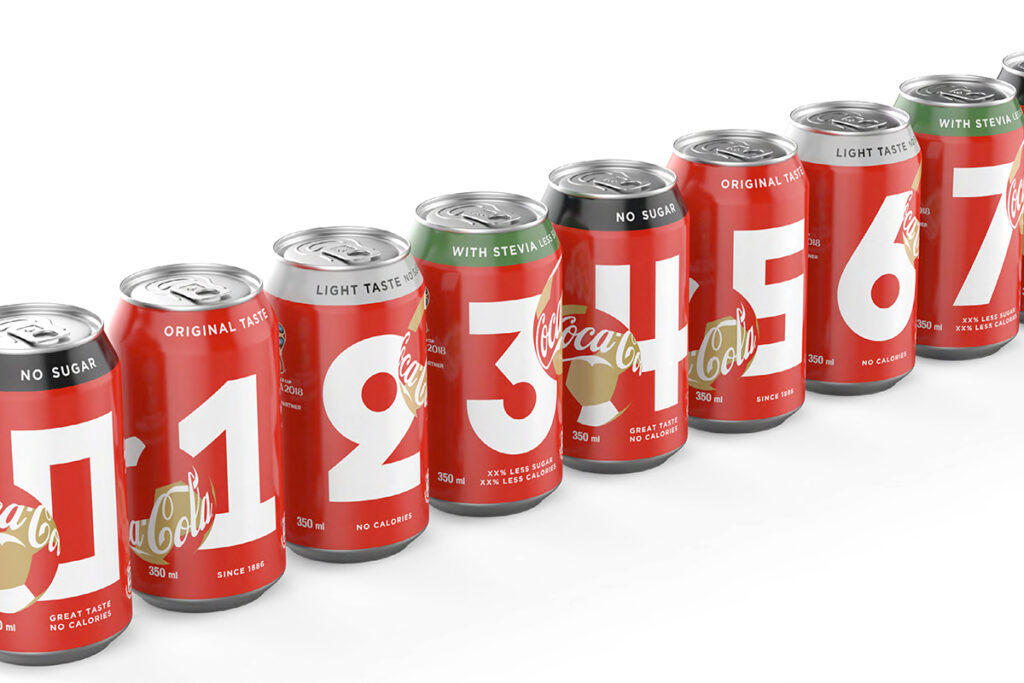
Other World Cup sponsors also achieved remarkable results. Coca-Cola’s red cans numbered from 0 to 9, encouraging fans to predict match scores, outperformed Pepsi’s star-studded lineup featuring Messi, Marcelo, Kroos, Lloyd, and Dele Alli in terms of brand recognition.
Pepsi’s star-studded lineup for the 2018 World Cup campaign.
Carlsberg, a sponsor of the England national team, was initially mistaken as the official beer sponsor of the World Cup. However, as England exited in the semi-finals, this perception diminished, giving way to the actual sponsor, Budweiser.
Budweiser thắng lớn với World Cup 2018
Financial Services in the Game
The financial services sector also capitalized on the World Cup opportunity. Visa invested in Zlatan Ibrahimović, a member of the Swedish national team who also plays for LA Galaxy in the MLS, ensuring strong recognition in the US market. This strategic partnership helped them outperform MasterCard in pre-tournament brand awareness.
